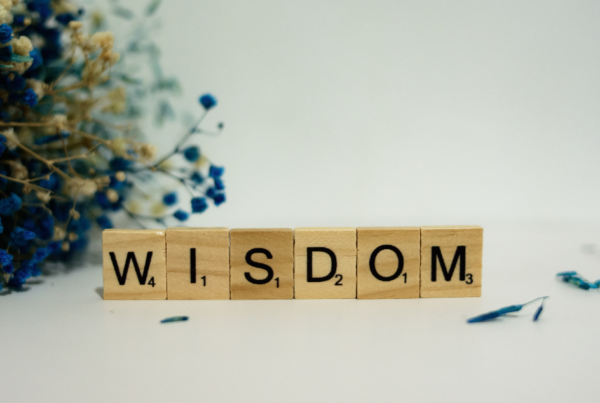
When it comes to philanthropy, jumping right into action can be the ‘fun’ part, and can also offer opportunities to experiment with different approaches as a way to inform next steps needed to address often overwhelming issues. Through our work with all types of funders – families, companies, foundations, and individual donors – we know well that an important step towards deep social impact is taking the time to learn from and engage with the communities in which we want to make a difference, and also to collaborate with others with shared goals. As part three of our “30 Lessons” series, we offer five lessons related to learning and engagement that will help you increase the impact of your philanthropy.
Listen closely and read between the lines.
Seek input from the community, nonprofit and public leaders, and a range of experts. Analyze in the context of additional research and data. Use it all to shape your strategies.
The social issues facing our communities and our world are complex. While solutions may not be obvious, enlisting ongoing input from those with different perspectives and ideas can only help to inform and guide philanthropic choices.
Look for partners in unusual places.
Blur the lines between sectors. Be open to market-based approaches to social change. Explore the intersections between philanthropy, government, and business.
In so many situations, there are important roles to be played by the nonprofit sector, government, the business community, and private philanthropy. Forging effective partnerships and collaborations across sectors can be challenging and complicated, but let’s be honest – without such cross-sectoral efforts, can we make real and lasting progress in addressing critical issues?
Research the issues and communities you care about.
Understand the landscape. Analyze what has been tried, what is working well, and what has not worked.
Contextual factors are constantly changing, new ideas and approaches can bubble up in many ways, and evaluation efforts continue to expand knowledge. For these reasons, the learning process is never-ending, and it doesn’t need to be overwhelming. When my TPI colleagues conduct research on behalf of our clients, we are generally building on the knowledge and experience of others in a particular field – and sometimes from unlikely sources as well.
Don’t go at it alone, and don’t reinvent the wheel.
Work in partnership, and use the advice and experience of others.
In line with our other “lessons” about authentic learning and engagement, continuous exploration and reflection are integral to deepening the impact of philanthropy. Finding ways that work for you to keep learning and growing is key, and a willingness to let outside voices affect your own journey can be surprisingly rewarding.
Identify a broad range of stakeholders.
It takes a village, and powerful change can happen when unlikely allies come together.
As I have said elsewhere, we would have solved a lot of social problems by now if the solutions were simple and straightforward. Funders can do much to find and engage a wide range of stakeholders, build coalitions and networks, and support social movements that could influence public policy and spur other changes with potential for lasting impact.
—
Check out the other blogs in this series:
- 30 Lessons Learned in Pursuit of Deep Social Impact: Putting Strategy into Practice
- 30 Lessons Learned in Pursuit of Deep Social Impact: Finding Vision, Refining Focus, and Determining Goals
As always, we invite questions, reactions, and stories, and we are happy to engage in a conversation about how we can help you achieve more with your philanthropy.


